The Arthurian Inkling
One of the exciting aspects of setting up the Oxford Centre for Fantasy is finding out more about Tolkien’s fellow Inklings - that’s in addition to the already famous C.S. Lewis. Fans of the Inklings have always been aware of the other men who gathered for the meetings, thanks to the biographies of the group, but these less famous writers have inevitably been overshadowed by the literary lions. When looked at in their own right, they are very interesting big cats too.
And if you want to find out more, do consider coming to our first in person course in Oxford, Easter with the Inklings. You can find the details here.
First on the list is Charles Williams, poet, novelist and theologian - a peculiar yet fascinating man whose posthumous reputation was not well handled so he disappeared from view rather quickly. Thanks to Greville Lindop’s comprehensive biography, Charles Williams: The Third Inkling, he is revealed as a member of even more esoteric groups than the Inklings, which fed his fantasy imagination as much if not more than his Inkling fellowships. He was interested in the magic and the occult and belonged to the secret society of the Rosicrusians (or Rosy Cross) in London. Members took part in ceremonies which had strict levels of seniority as they were initiated into higher levels of the mystery, completely unlike the ad hoc gatherings of the Inklings, open to friends to drop by and read what they wish.
If you are looking to place Williams in a poetic tradition, he follows in the footsteps of the nineteenth century poets of the Arthurian cycle, such as Tennyson and William Morris, but his imagery holds the complex layers of reference and meaning that you find in his poetic contemporaries, T.S. Eliot, W.B. Yeats, and Ezra Pound. William Blake and his prophetic books also comes to mind with their complexity and idiosyncratic use of familiar symbols and Biblical characters.
We’ll look at his novels in another post but what to read of his poetry? His most enduring collections are his Arthurian cycle Taliessin through Logres and The Region of the Summer Stars. There is a recent edition (2016) in the Inklings Heritage Series with an introduction by Sørina Higgins. First thing to notice is these aren’t the traditional retellings of the stories of the Round Table as Tolkien or Lewis might have done. For Williams, the Arthurian cycle is mapped onto his theological history of the Church with characters such as the Pope in Byzantium joining the more familiar figures in an Arthurian tale. It is easier to understand why this amalgam is created if you’ve first read The Descent of the Dove, Williams’ account of the rise of Christianity, but perhaps it is misguided to try to make sense of it in this straight-forward way. It’s not really about mapping onto theological history; it is more a description of a spiritual quest and the vital importance of love, using the Arthurian story as the prism through which this light is shone. His theology includes sexual love as being one of the ways you experience divine love so there is a vital place in his world for female characters. One way of describing the experience of reading his poetry is like standing in a Rosicrucian ceremony and hearing a liturgy you don’t quite understand but feel is filled with meaning if you were just initiated in a higher level. Higgins suggests it takes three readings to get below the surface beauties and, indeed, these are more difficult poems than anything you’ll find in The Lord of the Rings. You’ll be puzzled and perplexed, as well as on occasion enchanted.
Looking at these poems from the perspective of fantasy creatives, what can we learn? The practice of mythopoeia - myth making - is given a third expression here after Middle-earth and Narnia. Tolkien imagined himself writing a prehistory of Britain; Williams also takes on the Matter of Britain but uses the existing materials of Arthur for his own reimagining. It’s as though an Old Testament prophet in the shape of Taliessin the bard has wandered into an Arthurian world and begun to sing of all the traditional story elements of Grail, Camelot, Arthur, Launcelot, Guinevere and Merlin into new forms and new meanings.
For fantasy world builders, his world takes the approach of mapping places onto the human body. Logres, Arthur’s Britain, is the head. This is an idea has historical precedents. Renaissance cities, such as Zamość in Poland, were designed to correspond to the human body, the head being the leadership in the city council, the belly being the market and so on. Symbolical architecture or geography is a fertile place for the imagination to play.
And finally, a note on the imagery. There are flashes of brilliance, such as the description in ‘The Departure of Dindrane’ of the riders: ‘two centaur shapes, cloaked to the haunches;/everywhere centaurs round her on the road’ - catching unforgettably the effect of long cloaks draped on the mounts’ backs. Favourite of all is this recurring image of the sky which uses a post-Copernican scientific explanation of why we see stars but yet makes it feel appropriate to the Medieval world:
Done was the day; the antipodean sun
cast earth’s coned shadow into space;
it exposed the summer stars’.





